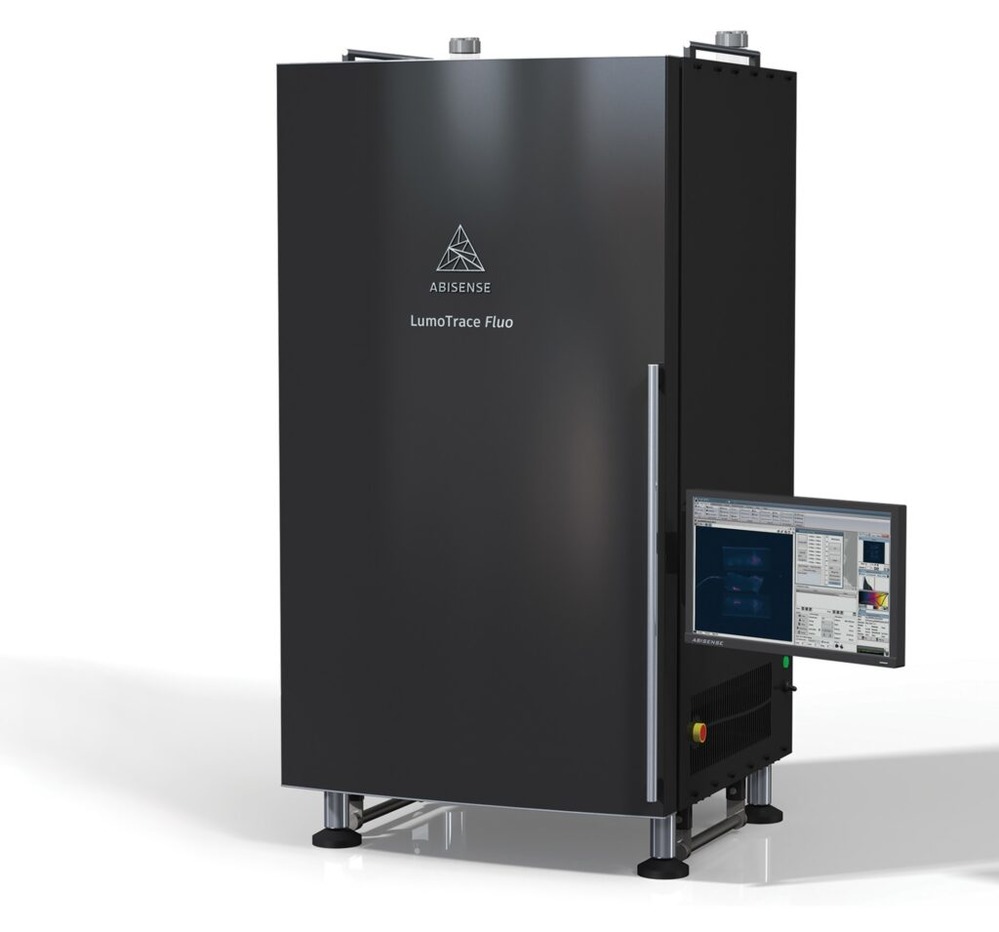Catalog

VMK OPTOELEKTRONIKA
27 products
View:
Telephone number:
E-mail:
info@vmk.ru
Website: https://www.vmk.ru
Address:
Russia, Novosibirsk, 1, 100
Website: https://www.vmk.ru
Address:
Russia, Novosibirsk, 1, 100
- Selected: 0Areas of use
- Selected: 0Item names
- Selected: 0Manufacturer
- Selected: 0Made in
- Selected: 0Additional
View:
23 products
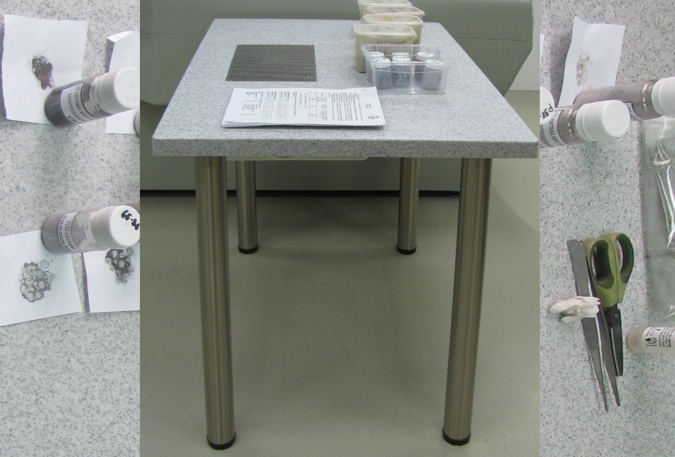
Table for working with powder samples
A table with a stone countertop and a stainless steel sheet located in the center with a perforation through which exhaust ventilation creates a constant flow of air carrying away sample particles
VMK OPTOELEKTRONIKA
Novosibirsk
Produced in: Novosibirsk
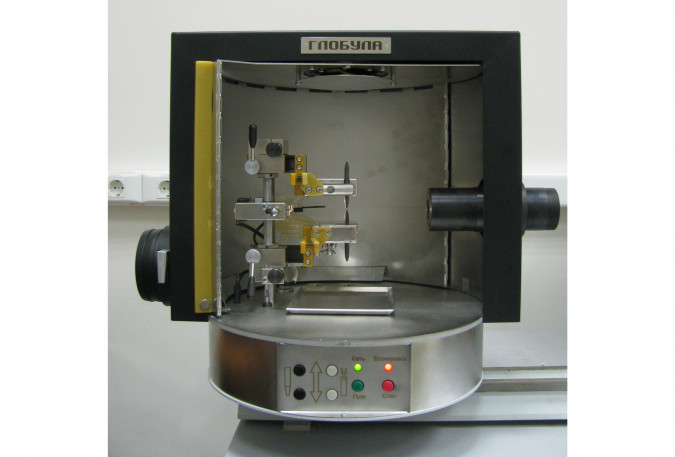
Spectroanalytical tripod "Globula"
The video camera and servos of the electrode holders built into the tripod are designed to automatically maintain the interelectrode gap during the evaporation of the sample by computer analysis in real time of the image of the arc discharge, as well as the initial setting of this gap relative to the optical axis. The electrode holders are cooled with water using a closed-cycle cooling unit.
VMK OPTOELEKTRONIKA
Novosibirsk
Produced in: Novosibirsk
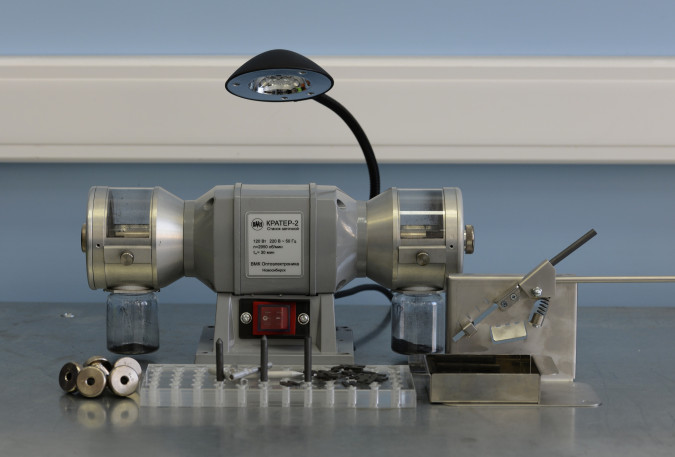
Device for preparation of graphite electrodes Crater-2
A machine for the preparation of graphite electrodes Crater-2.
Two types of cutters can be installed simultaneously in the machine, for example, on a crater and a cone.
VMK OPTOELEKTRONIKA
Novosibirsk
Produced in: Novosibirsk
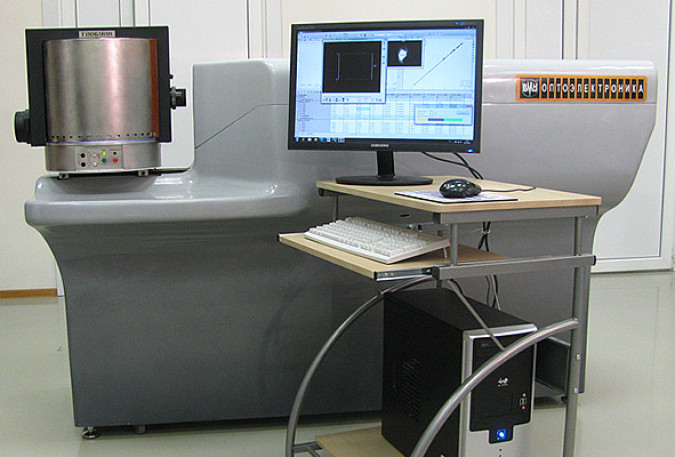
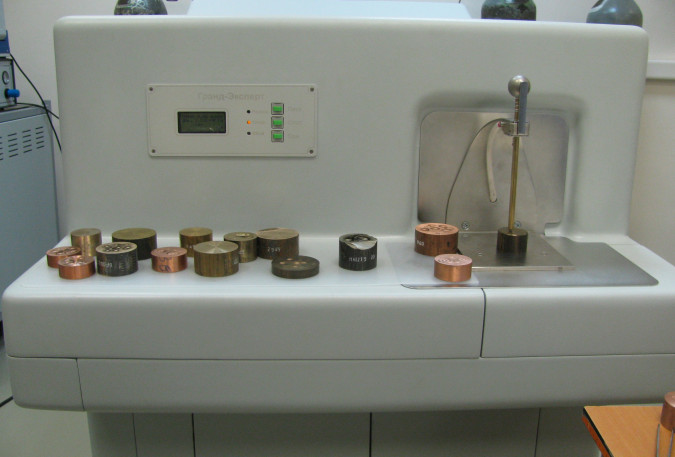
Complex for atomic emission analysis of metals and alloys "Grand Expert"
VMK OPTOELEKTRONIKA
Novosibirsk
Produced in: Novosibirsk
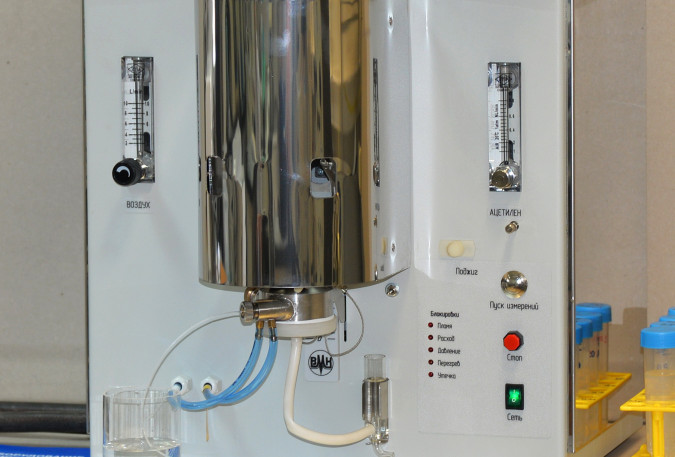
Flame spectrometer "Peacock"
The flame spectrometer is designed for rapid determination of a wide range of concentrations (up to 8 orders of magnitude) of sodium, lithium, potassium, calcium, barium, caesium, rubidium in technological solutions. The excitation of atoms occurs in an air-acetylene flame.
The device consists of a three-slit burner with flame control, a pneumatic sprayer, a spray chamber, an optical radiation input system into the "Hummingbird-2" spectrometer and an automatic air and acetylene supply system, with the possibility to control and adjust gas flow.
The use of a three-slit burner provides increased flame temperature over the central slit of the burner due to the external flame layers. This makes it possible to determine low concentrations of calcium and barium. At the same time, it remains the possibility to determine impurities in highly concentrated solutions without clogging the burner slots.
The lighting system of the spectrometer is mirror-lens, thanks to this, radiation collected from both sides of the burner is introduced into the polychromator.
VMK OPTOELEKTRONIKA
Novosibirsk
Produced in: Novosibirsk
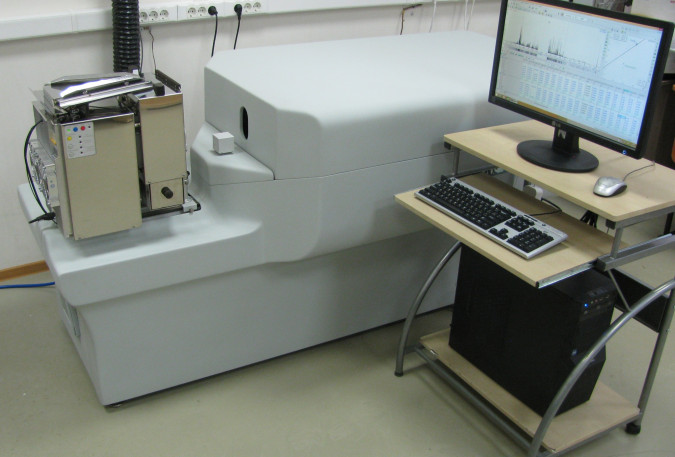
Atomic Emission Complex "Grand Stream"
Atomic Emission Complex "Grand Stream" is designed for rapid determination of the composition of powder samples of natural and industrial origin, includes a "Grand" spectrometer, a "Stream" installation and auxiliary equipment for sample preparation.
VMK OPTOELEKTRONIKA
Novosibirsk
Produced in: Novosibirsk
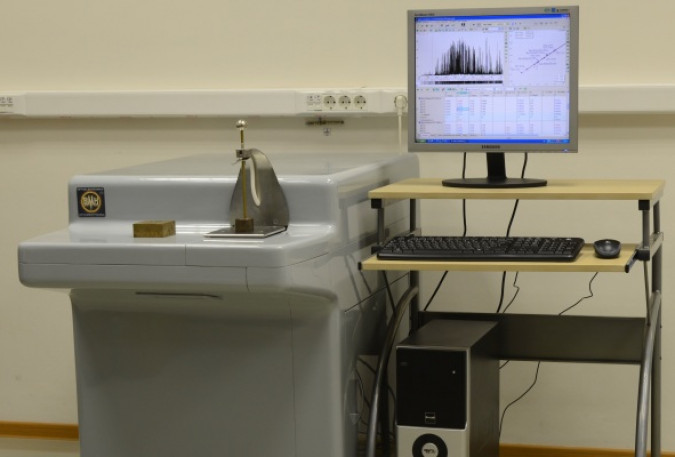
Vacuum Spectrometer Favorite
Vacuum spectrometers are designed for rapid analysis of alloys based on iron, copper, aluminum and other metals in factory and research laboratories, including the determination of elements having analytical lines in the field of vacuum ultraviolet (VUV) (for example, S, P and C in steels).
VMK OPTOELEKTRONIKA
Novosibirsk
Produced in: Novosibirsk
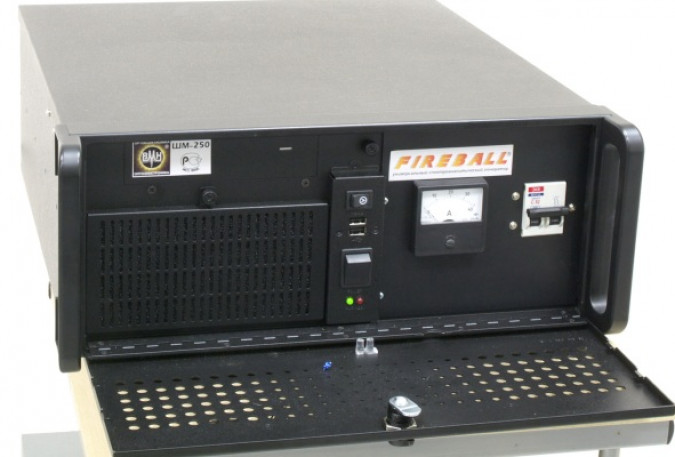
Spectroanalytical generator "Ball lightning"
The generator is designed to produce an electric arc and spark discharge in atomic emission spectral analysis installations. The generator is designed specifically for use in spectral analysis of samples of complex composition for simultaneous determination of impurity and alloying components in a wide range of concentrations.
VMK OPTOELEKTRONIKA
Novosibirsk
Produced in: Novosibirsk

Multichannel analyzer of atomic emission spectra of MAES
The MAES analyzer is a modern means of measuring the intensities of spectral lines and then calculating the concentrations of the elements to be determined.
VMK OPTOELEKTRONIKA
Novosibirsk
Produced in: Novosibirsk

MAES Analyzer for Scintillation
MAES analyzers for recording atomic emission spectra with a time resolution of 1 ms are based on highly sensitive photodiodes and a special switching board for simultaneous reading of several sections of the spectra. The assembly of the rulers is installed on the "Grand" spectrometer.
A " Flow" or twin-jet arc plasmatron is used to excite the atomic emission spectra of powder samples.
The ATOM software registers the selected spectral lines and provides their processing according to the specified algorithms, taking into account the number and brightness of flashes (i.e. particle size).
Recording the spectra of powder samples with a large time resolution makes it possible to estimate the number and size of individual particles, identify their composition and determine the concentrations of elements in each particle, promptly assess the uniformity of the distribution of certain elements to be determined and expand the possibilities of spectral analysis without significant changes in sample preparation.
Main application areas:
mass analysis of powder geological samples by scintillation to determine gold, silver, platinum group metals, iridium, rhodium, etc. with detection limits up to 0.01 g/t;
qualitative determination of the composition of inclusions and mineral particles.
VMK OPTOELEKTRONIKA
Novosibirsk
Produced in: Novosibirsk
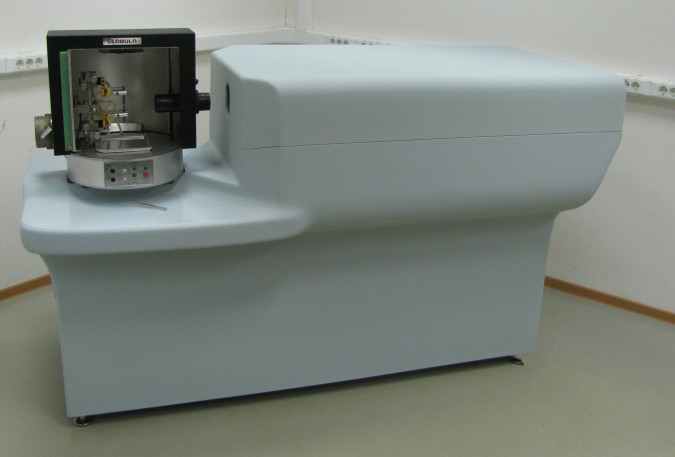
Atomic Emission Complex "Grand Globula"
Atomic Emission Complex "Grand Globula" includes a spectrometer "Grand", a spectroanalytic generator "Ball Lightning" and a tripod "Globula". It allows the analysis of various substances and materials in arc and spark discharges in air, for example according to GOST 17818.15-90 "Graphite. Spectral analysis method", GOST 9717.1-82 "Copper. A method of spectral analysis based on metallic standard samples with photoelectric spectrum registration" and other MVIS.
VMK OPTOELEKTRONIKA
Novosibirsk
Produced in: Novosibirsk
